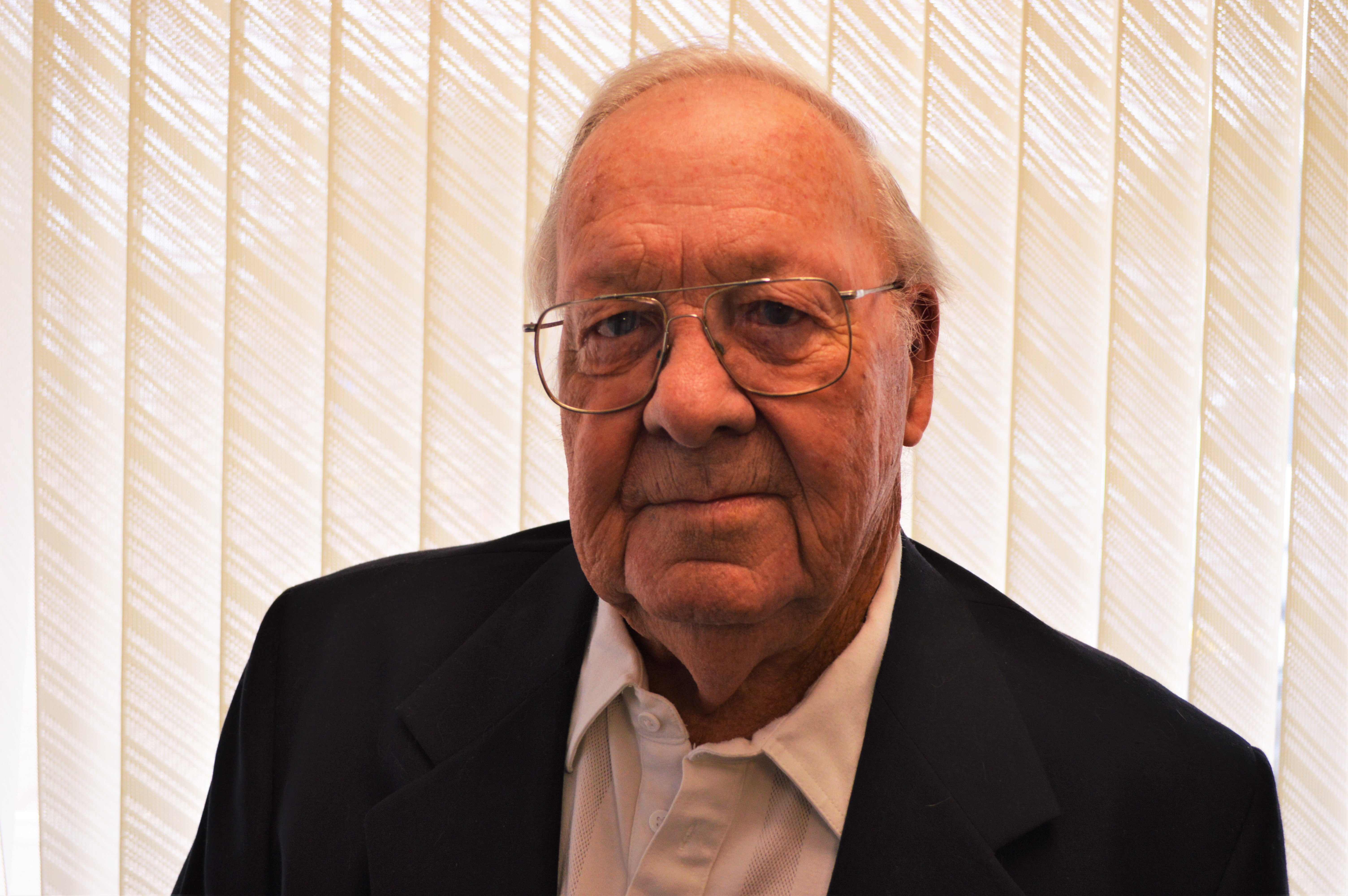
Click to play the audio or read below.
When my birth was announced in May of 1930, there were only four radio stations on the air in the entire state of Kansas, Doc Brinkley’s station notwithstanding.
My family out there in Ford County could hear only one of them with any regularity, and that was WIBW in Topeka which threw a clear signal all the way out to Bucklin and the rest of the nearby population who happened to own a radio receiver. Back in those days, just about the only kind of radio programming was live, meaning that what you heard was not recorded, but was occurring at that moment.
WIBW hired talented musicians, singers and instrumentalists whose programs were performed through the facilities of the station. From sign on until noon, nearly everything was live on WIBW. I must have been 5 or 6 years old when I listened intently to Oly play his accordion and Miss Maudie played all kinds of music on the piano.

Edmund Denny, the blind tenor, had a magnificent voice and would sing just about any requested song. All morning long, those musicians and others entertained a very large audience with live radio transmissions to the residents of Kansas. At noon, a gentleman by the name of Elmer Curtis delivered the news, and we all felt better about life during the Dust Bowl days.
Actually, there were a handful of radio stations on the air before WIBW but we couldn’t get them. KFH in Wichita signed on in 1922, and KFDI in Wichita joined them in 1923. WREN in Topeka, owned by Alf Landon, came along in 1926. Up the road about 25 miles from our house, KGNO, (Kansas grows no oranges) joined the radio scene in Dodge City on June 30, 1930. For whatever reason, we didn’t listen much to them, mainly because we loved the music from WIBW, which made it’s inaugural broadcast on May 8, 1927.
Today, I would hesitate to guess how many radio stations strive to entertain and inform Kansans. The Federal Communications Commission licenses and regulates them all and with the advent of FM, dozens and dozens more have been added to the fold.
When I was President of the Kansas Association of Broadcasters in 1969-70, I visited every radio station in the state. It wasn’t because I was required to, it was because I wanted to, and I took a picture of every station. My wife and I, sometimes with kids in tow, took a half a dozen stints at seeing them and to let them know that their Association was working in their behalf.
One late afternoon, we dropped in on a station in extreme Southeastern Kansas and could not find anyone around. A long-playing record was spinning on the turntable in the control room, but we could find no one to talk to. I took a picture of the building to prove I was there.
Radio has done much to entertain, inform, and educate the public since it’s inception so long ago. As a teenager on the farm, I remember sleeping on the front porch at night because it was so hot inside. I would turn on the radio located just inside the door and listen to the live, late night Big Band dance parties in Chicago, New Orleans, and New York. It never entered my 13 year old mind that I would soon embark upon a 55 year career in the broadcasting industry, and enjoy every minute of it!
Kay Melia is a longtime broadcaster, author and garden in northwest Kansas.

